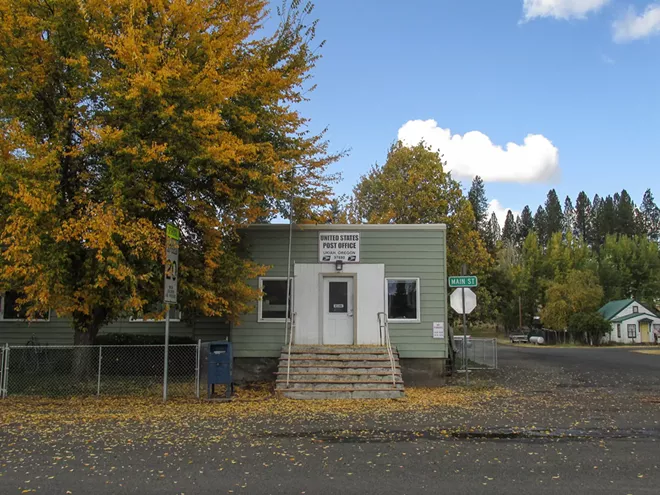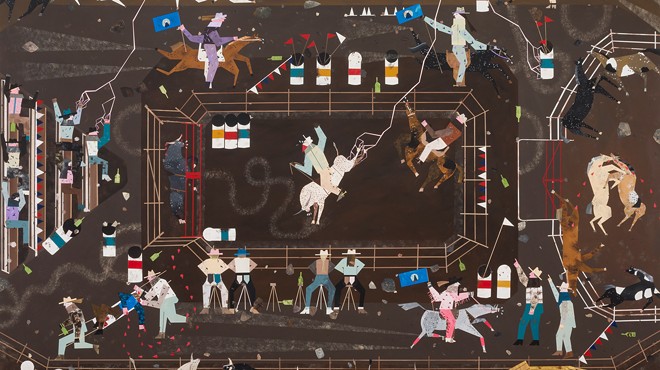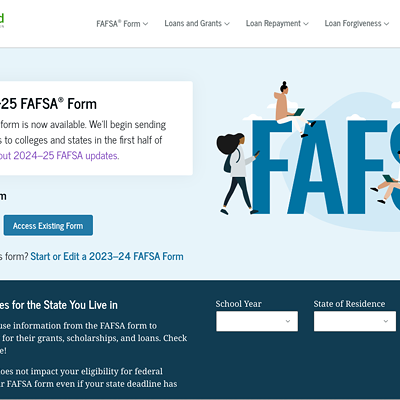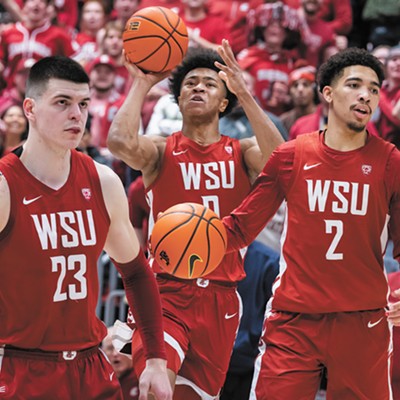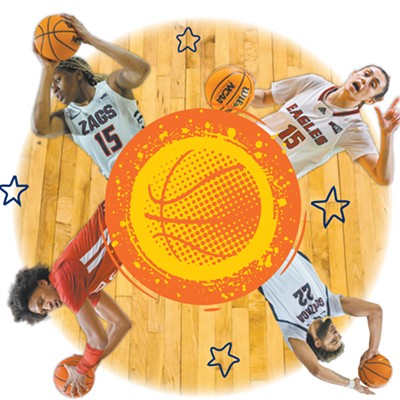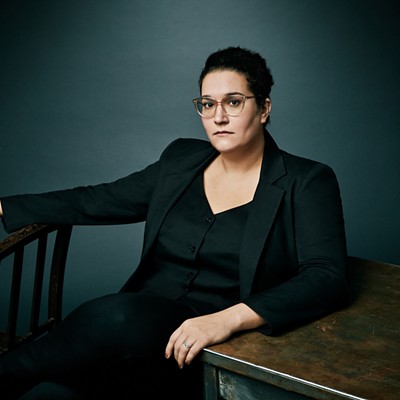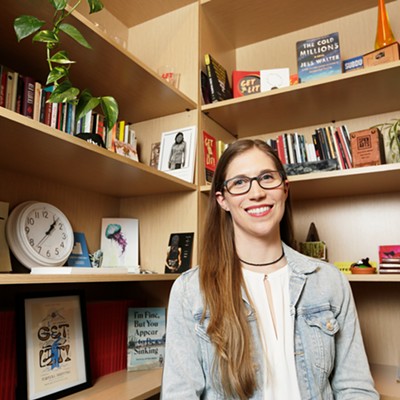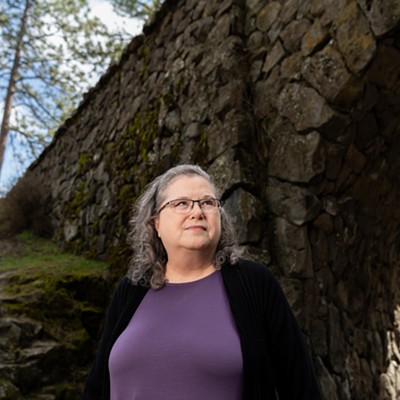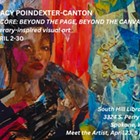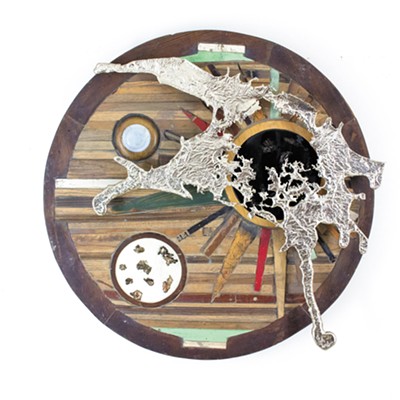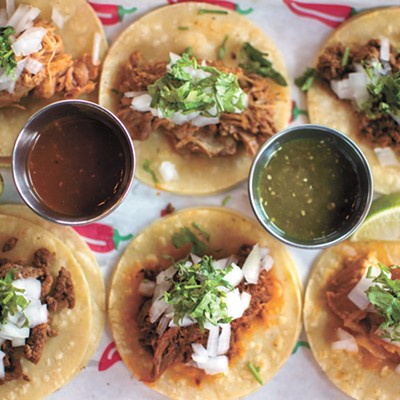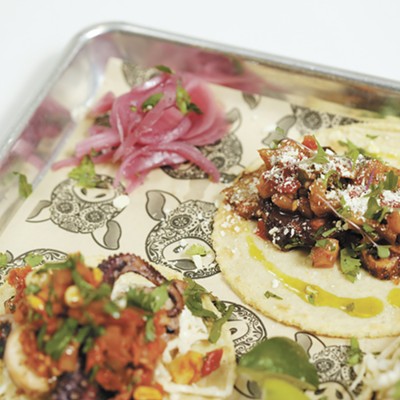Even though Mary Welcome often uses photography to document her process, including for the work featured in Indie Folk, the Palouse-based artist doesn't consider herself a photographer.
"I tend to use 'rural cultural worker,'" says Welcome, whose real last name is Rothlisberger. Welcome, she explains, is not only easier to spell, it conveys her relationship-based approach to making art.
To her, the work of an artist is more about cultural problem-solving, says Welcome, who studied religion as an undergraduate before earning her MFA at Washington State University in 2008.
She is especially interested in building relationships with people in the communities with which she is involved, whether that's her recently concluded stint on the Palouse City Council or her current gig as artist-in-residence for the Washington State Department of Transportation.
Indie Folk showcases six of Welcome's images of the exterior of rural post offices in small towns like Elgin, Oregon, and Carlton, Washington. The images are part of a larger long-term project called God Bless the USPS, which Welcome began in 2012 when she snapped an impromptu photo of the post office in her hometown of Palouse.
"I had a really steady pen pal at the time, so I was like, 'Oh, I'm sending a letter before I leave for two months,' and wanted to carry a picture of the post office with me," says Welcome, whose parents were in the military. That meant a lot of moving around, as well as writing letters to create and maintain connections with others, Welcome says.
To date, Welcome has photographed about 2,000 postal offices across the country.
"I realized once I started doing this research that no archive exists," Welcome says. "You can find a fair amount about the New Deal post offices, but for the most part, post offices — especially rural post offices — are a reflection of the vernacular landscape; they're like a fingerprint of the place."
Although the project is ongoing, Welcome doesn't have a timeline for which of the roughly 18,000 remaining buildings are next on her list.
Although Welcome doesn't consider photography to be the focal point of the project, she sometimes introduces herself to postal workers as a "post office portrait photographer."
The reaction?
"Mostly they're stoked," Welcome says. "Being able for them to talk about their community of post offices almost always opens the door to talking about the criticality of post offices," which Welcome calls conversational research. "It's such a pleasure to have all these interactions with people who are probably sick and tired of the work but also pretty passionate."
Welcome's post office imagery addresses similar themes found elsewhere in Indie Folk: rural sense of place, documentary traditions, historic legacy, even the "material inventiveness" that Indie Folk curator Melissa Feldman describes as one of the hallmarks of contemporary folk. The Deary, Idaho, post office, for example, has been operating out of a delivery truck since being pushed out of their former home in a historic, yet unsafe, older building.
Feldman believes Welcome is engaging with folk traditions "not to reproduce them but to use them as a starting point for contemporary conversations."
For Welcome, conversation is imperative to the deeper work of being a cultural worker.
"In academic settings, [my work] becomes postal advocacy and our ability to maintain the system that is affordable for all, accessible to all and will disappear if we don't pay attention to and maintain it." ♦

